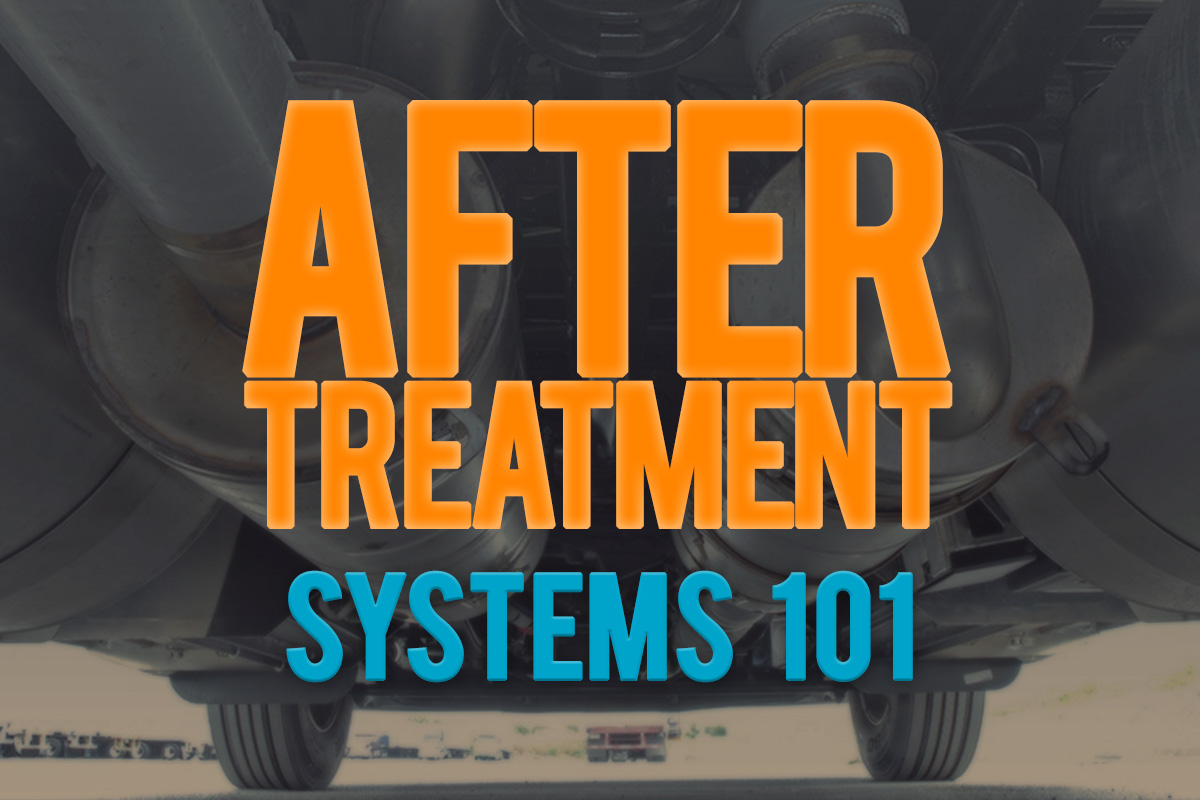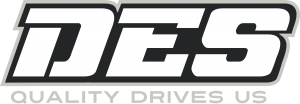
Ever wonder what makes “Clean Diesel” clean?
Advances in filtration technology and initiatives by federal and state agencies have allowed for great strides in removing harmful pollutants from diesel engine exhaust. Diesel aftertreatment systems in their many forms are the reason, but they can be complicated to maintain and expensive to replace. That’s why it’s vital to understand how they work and best practices for maintenance and cleaning. ERICA SCHUELLER, Fleet Editor for Vehicle Service Pros has written an excellent article on this subject. While the article is aimed more at transportation fleet managers, it does a great job of explaining the basics of diesel aftertreatment systems. Worth the read!
“Heavy duty diesel engine aftertreatment systems were introduced as a solution to aid in reducing both PM and NOx emissions… Generally speaking, the heavy duty diesel engine aftertreatment system has two primary components: the exhaust aftertreatment technology — which includes the diesel oxidation catalyst (DOC) and diesel particulate filter (DPF) — to reduce and mitigate PM; and a select catalytic reduction (SCR) system to reduce NOx emissions.”
How do DPFs and SCRs actually work?
“What the DOC does is it changes the chemistry in the exhaust stream, and utilizes heat to burn the soot into ash, and the DPF stores the ash until it’s time to clean and have it removed,” says John Lightner, Cummins technical sales support manager. “The SCR system, through a chemical reaction, by the introduction of the diesel exhaust fluid (DEF), changes the chemistry and eliminates the NOx and greenhouse gases, so that you have (a little water and nitrogen) coming out of the tailpipe. You’re not having the carbon dioxide coming out that gives you the greenhouse gas.”
Other areas covered are finding the root causes of aftertreatment system problems and properly managing/maintaining these systems. Often issues with a DPF can be caused by unresolved engine issues upstream such as air or oil/fluid leaks. Excessive idling can also cause premature clogging of a DPF because high exhaust temps are needed to burn off the soot – cleaning the filter by burning off the accumulated soot – this is called passive regeneration. For a passive regeneration to happen the truck needs to be driven at highway speeds/high revs for an extended period of time.
There are two areas to address when it comes to servicing the aftertreatment system: proper diagnosis, and routine maintenance. Emission & Cooling Solutions’ Griffith advises setting a proper preventive maintenance (PM) schedule for the aftertreatment system is vital to the efficient operation of the vehicle.
Preventative measures such as replacing the gaskets and clamps regularly, scheduled DPF cleanings, and using a smoke machine to check for air leaks can extend the life of the often expensive filters. Additionally, using engine heaters to minimize cold starts can greatly help reduce the amount of soot generated.
More great information on diesel aftertreatment systems is available in the original article here.
We hope you found this article on diesel aftertreatment systems helpful. At DES believe in putting out educational and informative content to not only our customers, but for the general industry to grow and benefit from.
To share this article use one of the social media icons above.

